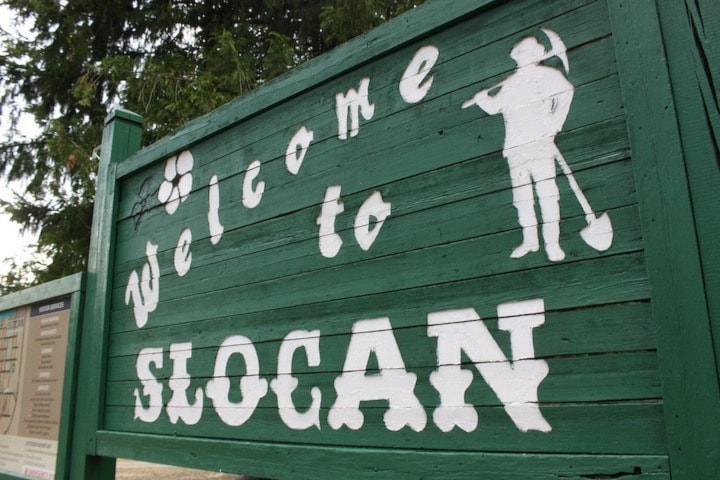Turns out the turnout for Slocan’s municipal election this month was much higher than first reported. The village initially stated 166 of 372 eligible voters participated, a 44.2 per cent turnout, but chief elections officer Michelle Gordon confirmed this week that was an error.
While the tally of ballots cast was correct, the number of potential voters — between names on the provincial voters list and new registrations — was actually 242. The revised percentage is 68.6, second highest in West Kootenay/Boundary, behind only Greenwood at 70 per cent.
Todd Pugh, executive director of CivicInfoBC, said the highest turnout in the province was the Village of Zeballos on Vancouver Island at 87.3 per cent. With a population of 125, Zeballos is also the smallest municipality in BC, a title it took from Silverton in the last census. Eighty-nine of 102 eligible voters in Zeballos cast ballots for the three mayoral and five council candidates.
Smaller communities have something of an advantage in turnout figures — it’s easier to convince 89 people to vote than 6,853, which is what it would take for Nelson to have the same percentage — but I wouldn’t diminish the accomplishment.
The lowest turnout, 15.2 per cent, was in Fort St. John, where the mayor was acclaimed but 12 people ran for six council seats. Just over 2,000 of the more than 13,600 eligible voters exercised their franchise.
Provincewide turnout was estimated at 33.3 per cent, which includes municipalities but not school districts or regional districts.
HOUSING HELP: I take back something I said in a recent column.
I wrote: “Housing may well be the number one issue for most [city council] candidates, but I’m not convinced the City of Nelson — or any other local government — can accomplish much.”
Actually, according to a consultant who recently updated the city’s affordable housing strategy, it can do plenty: the report contains 20 suggestions, including seven short term goals, such as adopting an infill housing policy. Also on the to-do list: family, seniors, and youth-friendly housing policies, and a standards of maintenance bylaw.
Some long-term goals, like an addictions treatment facility with dedicated detox beds, seem well, really long-term, but we’ll see what the new council does with the rest. I accept that their hands are not altogether tied.
TRAIL MAYORS REMEMBERED: Retired Teck manager Mike Martin beat retired United Steelworkers boss Doug Jones this month to become the new mayor of Trail.
A few weeks before the vote, two former mayors passed away within days of each other. Like Martin and Jones, they were from opposite ends: Marc Marcolin, 95, was a smelter boss, while Buddy DeVito, 94, worked for the Mine Mill union.
I never really knew Marcolin, although I interviewed him at length on one occasion. DeVito I got to know through the Trail Historical Society. His youngest son Vince runs a Nelson specialty shoe store, continuing a family tradition.
DeVito and Marcolin were not political contemporaries, as DeVito’s time as mayor (1968-73) was long before Marcolin’s (1987-91), but both became elder statesmen. DeVito was active in the peace movement while Marcolin and wife Grace were named ambassadors of the BC Winter Games when Trail hosted them in 2006.
DEPORTED TO NELSON: Thanks to J. Dunn for dropping off a recent clipping from the Spokane Spokesman Review. On November 17, Jim Kershner’s This Day in History column related an item from a century ago about the appearance in Judge George Stocker’s court of a “comely miss” with the extraordinary name Hecrick Eisenhour.
She was charged with vagrancy while “in company” with a young man — probably a euphemism for prostitution. Miss Eisenhour, 20, smiled and winked at the judge as he sentenced her to 30 days in jail — and ordered her deported to Nelson, from whence she came.
I haven’t been able to find anything more about her. The 1911 census listed residents of Nelson’s Lake Street brothels, but she wasn’t among them.
